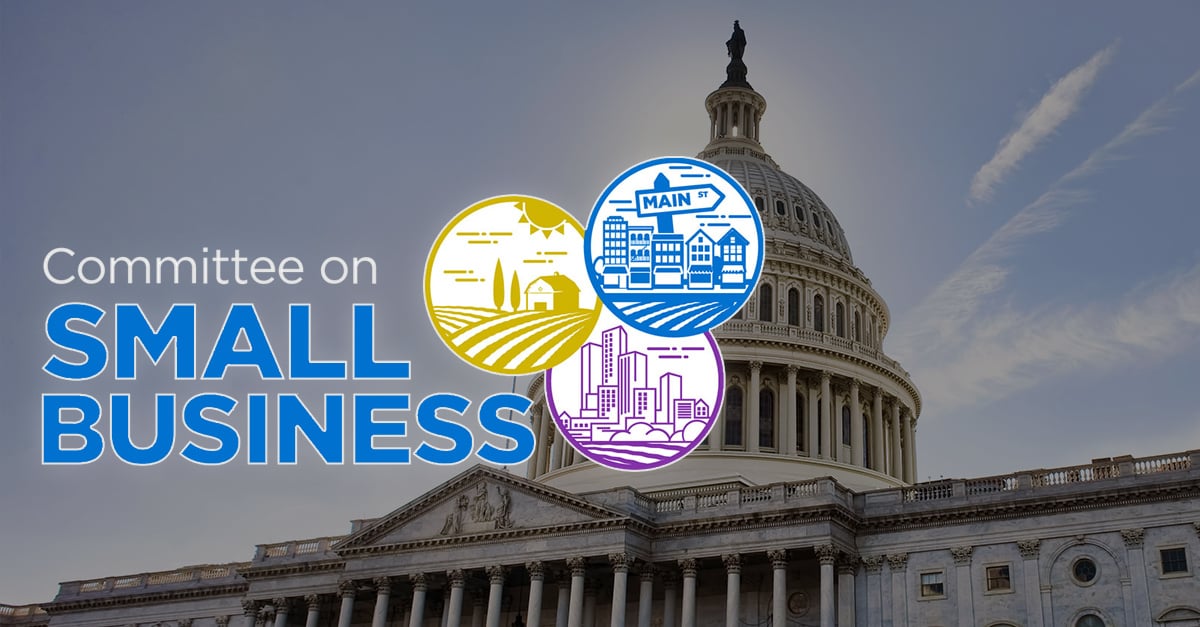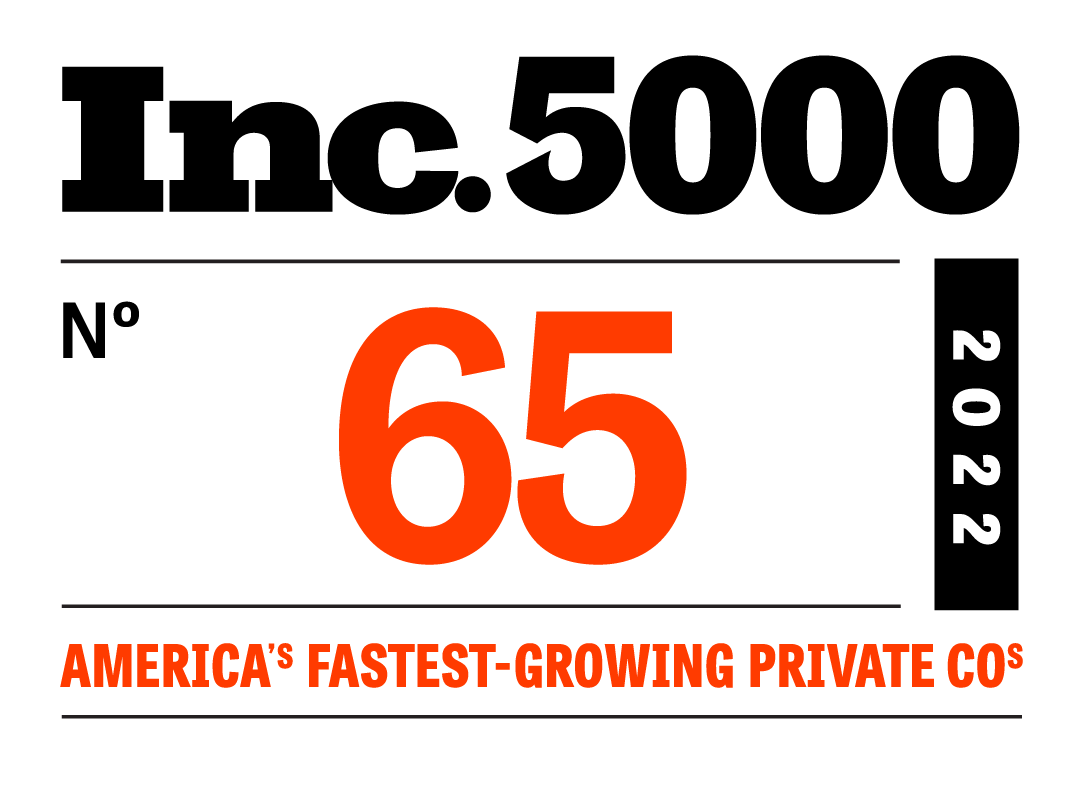
Small Business Administrator Jovita Carranza and Treasury Secretary Steven Mnuchin were on Capitol Hill Wednesday to testify to the Senate Committee on Small Businesses and Entrepreneurship on the current status of, new developments in, and future of the Paycheck Protection Program.
Additionally, an SBA Vendor call which took place this week means there are significant updates to PPP, both in terms of originations and forgiveness, that banks and credit unions should be aware of.
In terms of the current status of the Program, more than $130B remain from the second round of PPP funding. While funds were quick to be depleted when the Program first opened—necessitating the second round of funding—the second wave has been much slower mainly due to borrowers reluctance to apply for a loan under the strict language of the original legislation.
With the passage and signing of the PPP Flexibility Act last week, many restrictions on borrowers have been loosened leading the SBA and Treasury to anticipate an uptick in demand for the remainder of PPP funds.
More PPP borrowers, of course, means more PPP Forgiveness, and there have been significant updates here as well; specifically, around timing and process.
The SBA does not appear to be in a rush on Forgiveness, issues new PPP Originations Applications
While there are a few borrowers that are surely itching to get forgiveness over with, most will be taking advantage of the extended 24-week covered period.
This week the SBA shared it hasn’t yet accepted any Forgiveness applications, but it’s preparing for a flood of them when they eventually do. For example, the Administration communicated it is currently working on an API solution for bulk submission of applications, and has hired more than 600 employees to help review Forgiveness applications as they come in.
In addition to the above, this week the SBA issued a new interim final rule to clarify key provisions in the Flexibility Act, including loan maturity, deferral of loan payments, forgiveness provisions, and use of funds. It also released new borrower and lender application forms for newly originated PPP loans, Form 2483 and Form 2484, reflecting the new 5-year maturity, extended payment deferral period, and 24-week covered period. While our team has worked to implement these forms into production environments today, we also heard from a local SBA office that these new revised forms are expected to change yet again, soon.
The Treasury Department confirmed a new application is coming
Although banks and credit unions were just starting to wrap their heads around Form 3508, the “PPP Forgiveness Application,” Secretary Mnuchin confirmed—as we expected following enactment of the Flexibility Act—that a new application will be coming.
While details of the changes aren’t fully known, Secretary Mnuchin indicated some important new points in his testimony, including:
- All borrowers will be required to complete the forgiveness application. This is important as there has been some discussion of the possibility for smaller-dollar loans to be forgiven automatically, without an application process.
- A new safe harbor rule will be introduced to reduce the application burden. Secretary Mnuchin indicated this safe harbor will allow certain borrowers to simply check a box on the application to avoid calculations.
- Borrowers will not need to wait until the end of the 24-week covered period to apply for forgiveness. They can apply at any point during that period.
- Borrowers that do not use 60 percent of their PPP loan on Payroll are still eligible for partial forgiveness.
On that last bullet point, according to Mnuchin, even if a borrower doesn’t spend 60 percent of their PPP loan on Payroll, they are still eligible for partial forgiveness, so long as 60 percent of the forgiven portion was spent on payroll.
How Lenders Can Stay Updated on PPP Lending and Forgiveness
When the Paycheck Protection Program was first announced, few thought it would play out as it has. But, with how quickly the program has changed—both through legislation and through the issuing of official guidance from the SBA and Treasury—it’s been difficult to keep on top of every new development.
To help our banks and credit unions, we’ve been including content on PPP Lending and Forgiveness as part of our Weekly Insights Sessions. To learn more and to sign up for our next Insight Session, register here.







